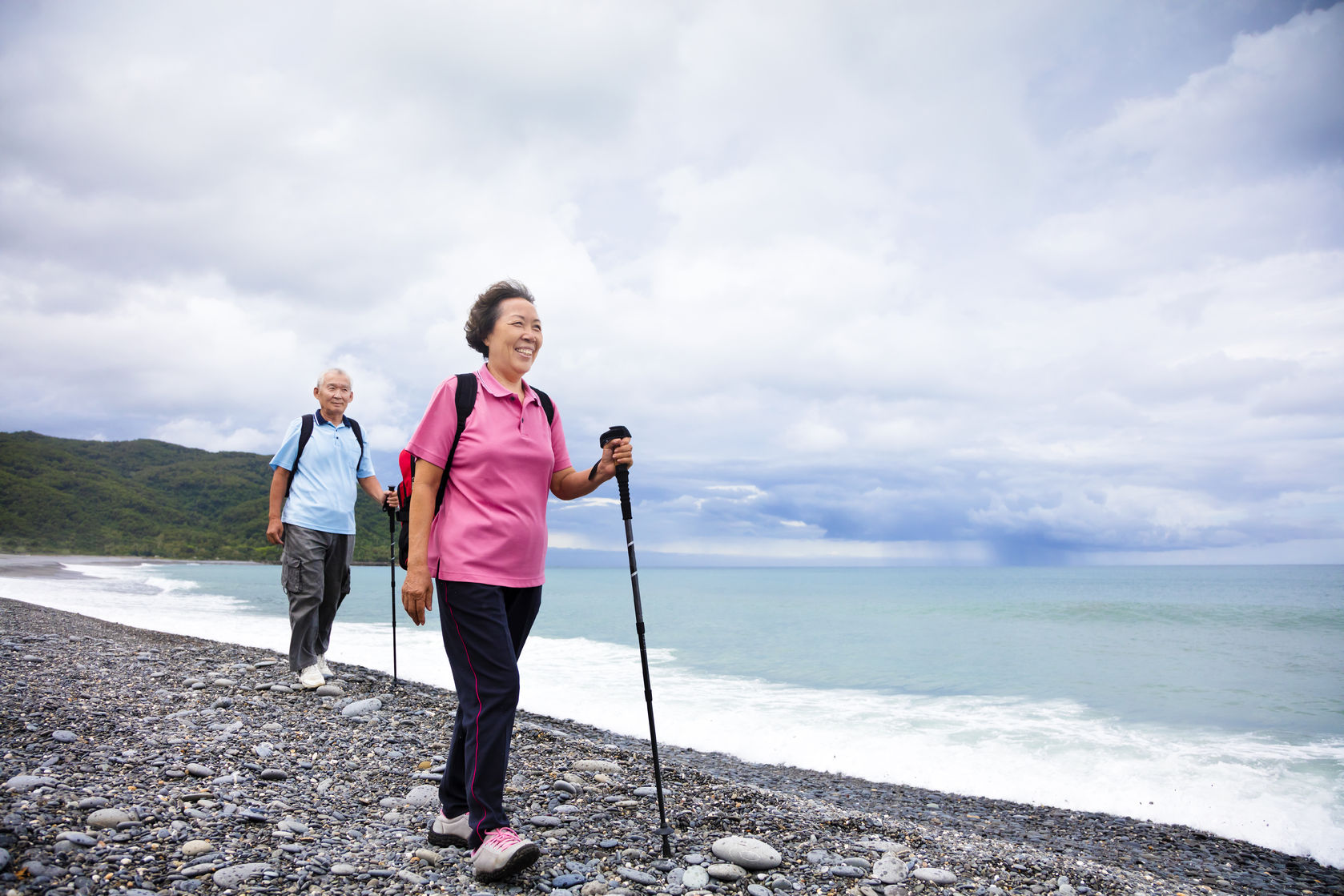“I had no idea what I was getting into when I signed up for class!”
Karen, a participant in a recent Minding Your Balance™ class, went on to say that she thought the training would involve things like standing on one leg and core strengthening exercises — a reasonable expectation given that we tend to think of balance as a strictly physical endeavor.
While balance obviously is physical (and standing on one leg does take place in classes), balance involves more than what we do with muscles and joints. Stable balance critically depends on perception, that is, sensory input that helps us figure out, via the work of the brain, where we are in space in relationship to gravity as we move. That perception includes input from multiple senses — the eyes, the muscles and joints, touch, and the all-important motion sensors in the inner ear.
Neuroscientist Antonio Damasio describes the job of the brain as “minding the body.” On one level, this happens automatically concerning balance, as the brain weaves together the various sensory feeds to create a composite that is our sense of balance. The ongoing physical adjustments that keep us steady on our feet rely upon that sensory composite; our physical balance is only as good as our perception.
In ordinary circumstances, the nervous system’s behind-the-scenes maintenance of stable posture means we don’t need to bring balance to mind. When balance is challenged, however, that all changes. Stepping onto a skate board or an ice skating rink or strapping on pair of skies – circumstances when we no longer can afford to take balance for granted – our sense of balance comes to the forefront of attention.
Paying attention matters because it improves perception, which in turn improves how well we do what we do. We tend to think of this in terms of paying attention to what we see or hear, but it also holds true for our multi-sensory sense-of-balance. Think of the Olympic gymnasts on the balance beam: even with tremendous strength and agility and countless hours of practice they actively attend to their location in space in relationship to gravity; they mind their balance in order not to fall.
Unfortunately, balance challenges aren’t all fun and games: aging, illness and injury can present obstacles to stable balance that seem as formidable as a back flip on a 4-inch wide wood beam. The good news is we can borrow the awareness lessons from balance challenging activities we choose to do and apply them to the challenges of age and illness that we cannot avoid.
Specifically, Minding Your Balance™ takes balance awareness insights and techniques from the martial art Ki-Aikido. Ki-Aikido is rooted in both martial tradition and in yoga. For centuries, martial artists have trained to improve balance because good balance lies at the foundation of coordination, precision, flexibility, and power.
Loss of balance control steals our freedom. The causes are many: one participant in a recent Minding Your Balance workshop described how often he stumbles and falls due to the loss of his peripheral vision; a Vietnam veteran in the class experiences balance problems due to the absence of feeling in his lower legs and feet. The missing sensory information, irreversible for both men, renders the automatic behind-the-scenes process of balance control inadequate.
Using the balance awareness techniques from Ki-Aikido, both men were immediately able to improve their stability. Attending to the whole of balance, they lessened the impact of the missing sensory information. As with the gymnast and the skier, bringing balance to mind improved their capacity to remain standing in the face of a challenge.
In Minding Your Balance™ training people experience in a moment the amazing effect of awareness. With recognition of the role of perception in balance and of the powerful influence of attention, we can begin to change habits and develops skills that enhance our ability to remain stable on our feet and free to move in our lives.



4 comments